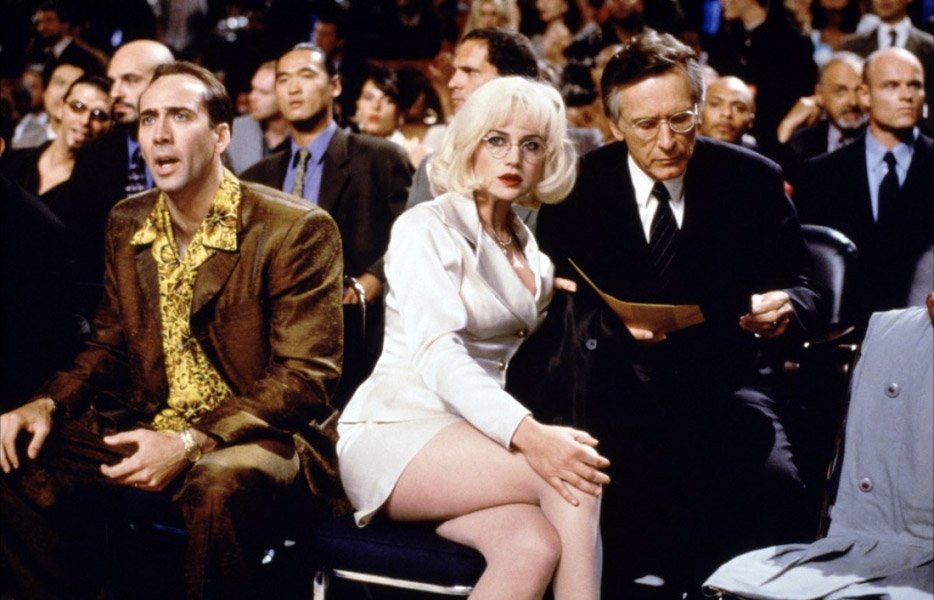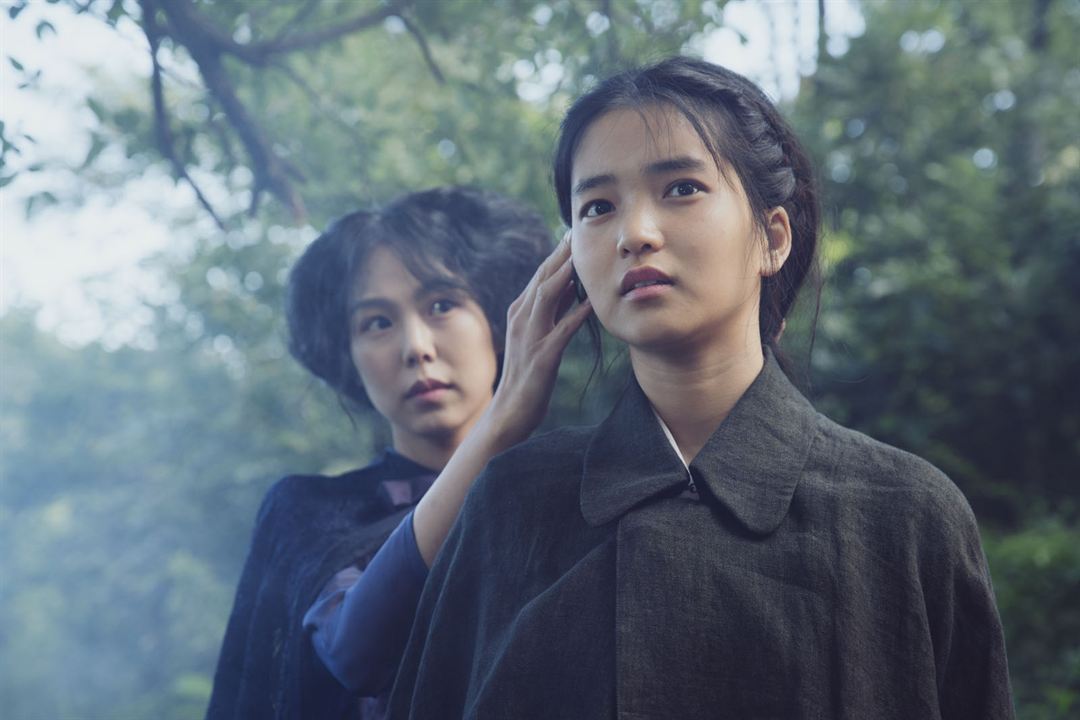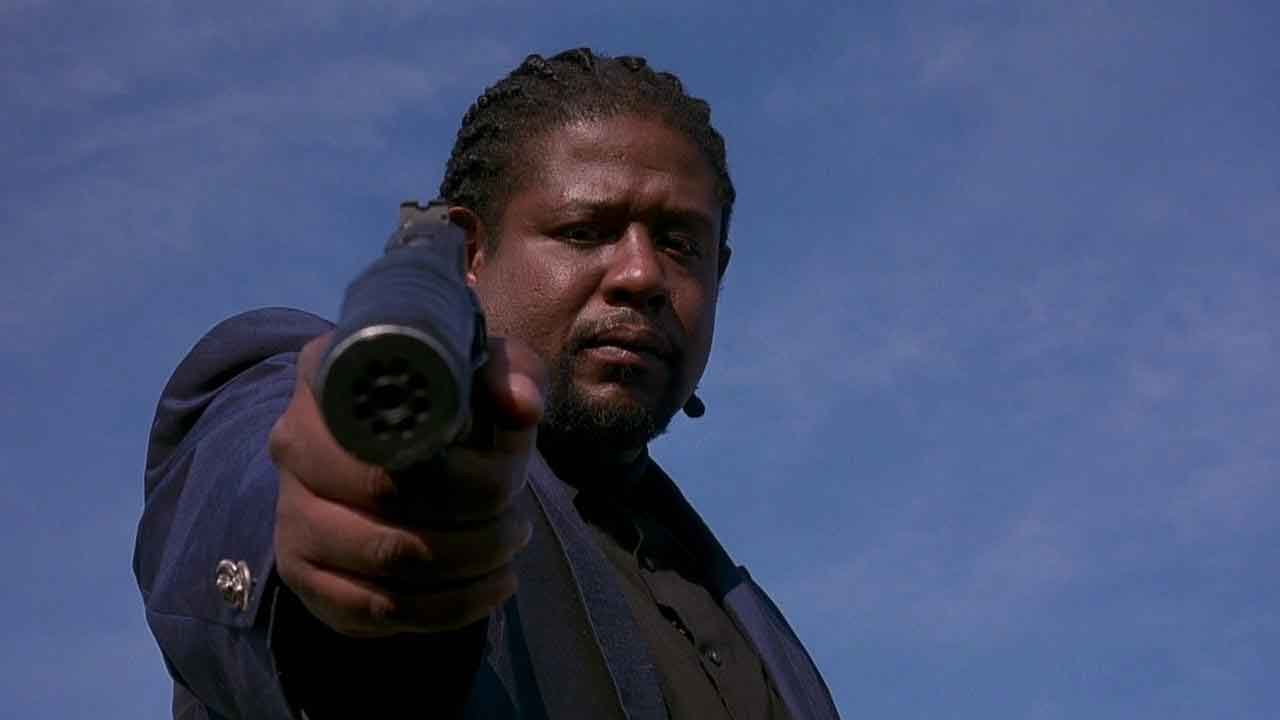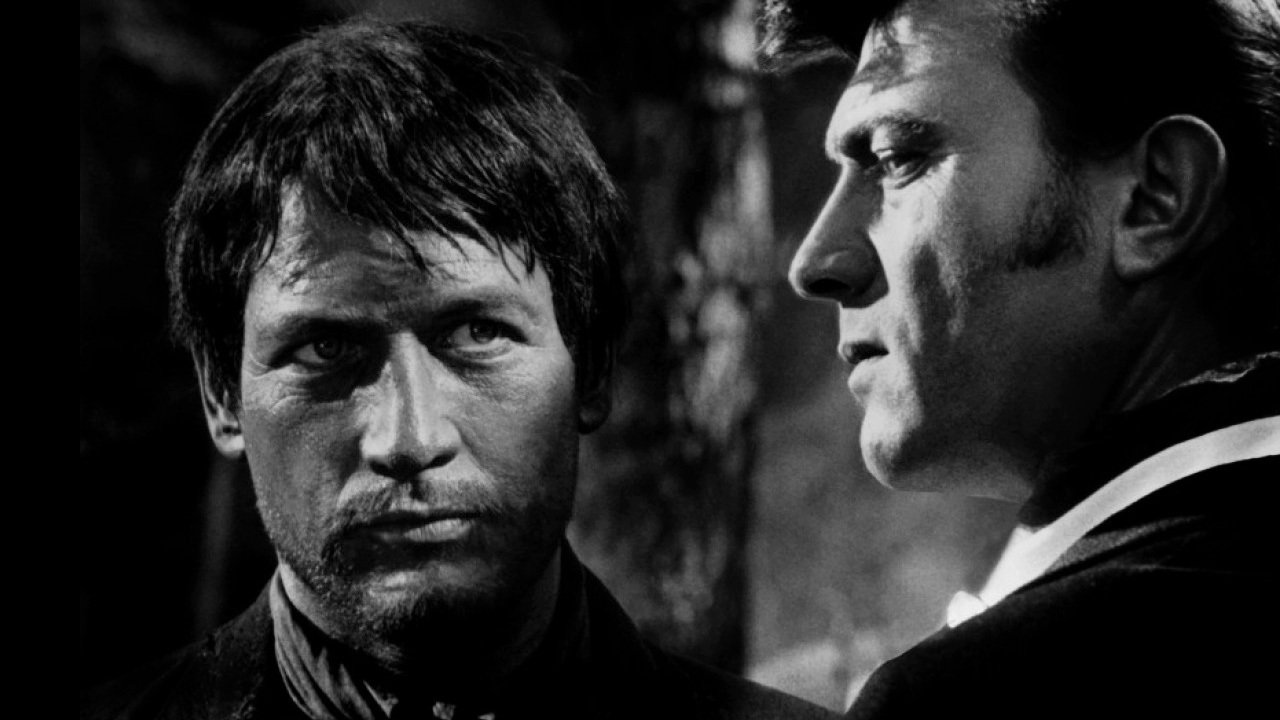6. Snake Eyes (1998)

This uneven Brian De Palma thriller has some great moments, even though it falls apart in its messy third act. Like several of the director’s movies, it pays blatant homage to directors he’s enamoured with; there’s a elegant overhead tracking shot that tips its hat to Orson Welles, a stunning 12-minute long take (with hidden cuts) that’s an attempt to outdo Hitchcock’s own long takes in “Rope,” and the central plot catalyst – a political assassination that takes place in plain sight at a title fight boxing match – hijacks Kurosawa’s own “Rashomon” structure.
Nicolas Cage’s unbridled detective chips away at a handful of suspects who witnessed said lethal event, each with a varying and alternative version of what happened. The concept adds a ticking clock element too to the Rashomon Effect, as the lead has to find the murderer before he finds him, in a ‘bottle’ type scenario.
The main mystery is revealed piece by piece in a exciting manner by its suspects, yet as said before, it feels more like a cute nod to a De Palma fan favourite than necessarily an intricate evolution of the Rashomon Effect, in an overall underwhelming movie.
7. The Handmaiden (2016)

Chan-wook Park’s loose adaptation of the forbidden love literature classic “Fingersmith” felt like a sharp return to form after his first Western venture “Stoker” left his loyal following split in its reception. His admiration for isolated figures looking for partnership, morbid twists, and a dark sense of humour all fit nicely with its loose interpretations of its source, not to mention it carries a fantastic use of the Rashomon Effect.
It’s centred on a peasant girl (Tae-ri Kim) who is hired as a handmaiden to a Japanese heiress (Min-hee Kim), yet the former is actually involved in a scam with a con man to eventually drive the heiress crazy. Unexpectedly, the two ladies fall in love as the impending scheme plays out.
And so carries out the plot up until the midpoint, when suddenly events take a terse left-field turn and the audience is left confounded. Park then rewinds the clock to play the origins and the entirety of events from another character’s point of view, leading to a vast new layer given to known plot events.
8. Ghost Dog (1999)

Jim Jarmusch made this crime drama centred around a mesmerising performance by Forest Whitaker as Ghost Dog, a soft-spoken but fiercely deadly hitman who turns on his mob benefactors when betrayed. With Robby Mueller’s grimy photography, a RZA soundtrack, and a handful of Jarmusch trademark humour and character observations, it’s one of his standout films and a cult favourite.
A superficial nod to the Rashomon Effect only really occurs once throughout the film, that in establishing Ghost Dog’s origins with the pivotal event when he meets his future retainer (John Tormey). From Ghost Dog’s view, he was rescued by Tormey, which leads to the character laying out an unbridled loyalty and life debt to the character. Ironically, Tormey’s later recollection shows he was simply acting in self-defence and looking out for himself.
In addition to that, though, there are several direct references to the 1950’s movie in deeper ways. The book the short story “Rashomon” is based on is prevalently referenced throughout, as are its essential thematics.
If what Kurosawa’s purpose was to convey the power of one individual’s perception of events, then it’s a constant occurrence throughout Jarmusch’s film, with seemingly everyone miscommunicating with their altered perspective on given events, leading to a crime organisation’s downfall.
The hilarious irony to all this is with a sly punchline; Ghost Dog’s endearing friendship with a French ice cream vendor (Isaach De Bankole) has neither one of them speaking or understanding the others native language, yet they never waver in their understanding of each other due to their genuine friendship.
9. The Outrage (1964)

You couldn’t be a more apparent descent of the Rashomon Effect than taking Kurosawa’s movie and remaking it over in the United States. Kurosawa’s films have been translated well and often into Western genres, with classic showcases like “The Magnificent Seven” and “A Fistful of Dollars” being movies that enjoyed legacies just as strong as their Japanese counterparts.
Not so much with Martin Ritt’s translation, even though its a strong adaptation, with a handful of stellar performances (Claire Bloom in particular) and stunning photography by James Wong Howe.
Yet, the film adheres slightly too close to its inspiration, with the events – a murder and rape that is told from three differing angles – basically following the same beats and thematics, unlike other Kurosawa ‘Westerns’ that took the groundwork but gave the film very it’s own unique flavour.
Not a bad movie, though, but it feels more like a novel curiosity when compared to its original piece of cinema, and is unable to walk from underneath that classic’s shadow.
10. Elephant (2003)

Gus Van Sant’s meditation on the Columbine shootings featured the director continuing his acquired taste approach to filmmaking that he started with “Gerry” – one where long steadicam takes and seemingly monotonous routines are captured without the usual Hollywood nuance. Some marvelled at his brave style and championed him with awards (as this movie won the Best Director award and the Palme d’Or at Cannes), while others wrote it off as a navel-gazing bore.
Regardless of the opinion, there’s no denying that Van Sant plays with the Rashomon Effect in an interesting unorthodox manner with this particular movie. Following different personal perspectives over the course of a school shooting (inspired by the infamous event), it gradually builds a fragmented picture of the horrific occurrence.
Unlike Kurosawa’s movie, each perspective doesn’t offer a biased view for the audience – in fact, Van Sant’s lingering camera feels so objective it’s almost clinical – but with each new view replaying the same events, it does help reveal a new piece of the puzzle, in a similar principle to that of the 1950’s classic.